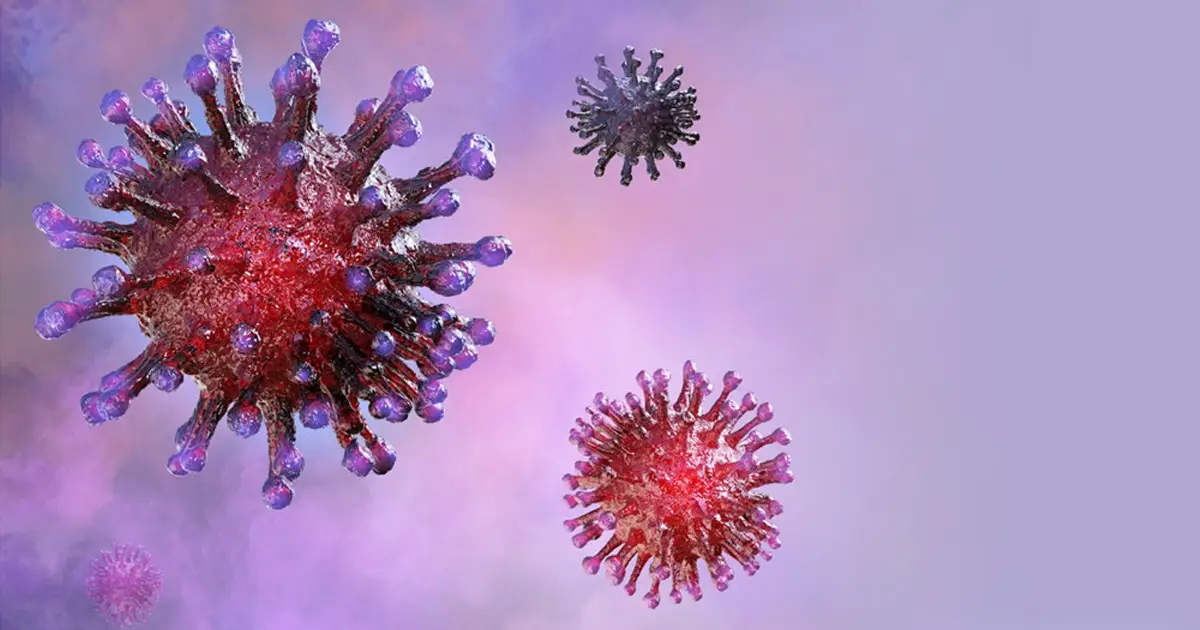As of the first week of March 2020, WHO officials have reported the global number of Novel Corona Virus (COVID-19) cases topped 100,000 with more than 3,400 deaths. China alone has now reported roughly 85,500 cases with over 3,000 fatalities. The impact of the COVID-19, however, has extended beyond the public health sector to global economic markets as well.
This is hardly the first time coronaviruses have struck humankind. During the past two decades, global populations have faced these pathogens. In 2002 and 2003, a coronavirus was responsible for SARS (severe acute respiratory syndrome); a decade later in 2012 one was responsible for MERS (Middle Eastern respiratory syndrome. The Novel Corona Virus, COVID-19, is the most recent in that succession.
Case definitions
What Qualifies as a Suspect COVID-19 Case? WHO officials have outlined the various levels of a COVID-19 “case” in three tiers familiar to public health professionals: a suspect case, a probable case, and a confirmed case. They have also established a definition of a contact (see below).
A suspect case is an individual suffering from any acute respiratory illness (ARI). First, he or she would also be running a fever, coughing, shortness of breath AND would have no other cause that might explain such a clinical presentation but would be positive for a history of travel to AND residence in a region with reports of community transmission of COVID-19 with the past 14 days OR a patient who presents with any manner of ARI as well as possible contact with either a confirmed or probable case OR a patient suffering ARI symptoms and fever AND who requires in-patient care AND lacks an identifiable etiology that accounts for his or her clinical presentation.
What Qualifies as a Probable Case or Confirmed Case? WHO officials have defined a probable COVID-19 case as a suspect case with uncertain test results for COVID-19. A confirmed case, however, is a patient with conclusive positive test results for the virus regardless of clinical signs and symptoms.
What Qualifies as a Contact? WHO officials have outlined two criteria to define a contact. Specifically, they include individuals who directly provide patient care without appropriate personal protective equipment (PPE) for COVID-19 cases, sharing the same close surroundings with a COVID-19 patient, e.g., workplaces, classrooms, domestic settings, etc.; and individuals who have traveled together in close contact (< 1 meter) with an individual with COVID-19 up to 14 days following the appearance of symptoms in the case in question.
Source: WHO/2019-nCoV/SurveillanceGuidance/2020.4 Accessed March 7, 2020
Prevention
How are COVID-19 Infections Prevented? The Macro Level
WHO officials have established a list of strategic objectives regarding the prevention of COVID-19 transmission. The first highlights stemming person-to-person transmission by reduction of secondary infections from the close interaction between acquaintances and health care workers and prevention of international spread via prompt identification, diagnosis, and case management, strict implementation of prevention and control in health care settings and among travelers, increased population-based awareness, and efficient risk communication.
The second stresses the prompt identification, isolation, and proper treatment of infected cases. The third emphasizes identification and minimization of possible zoonotic transmission. The third addresses presently unidentified aspects of clinical severity, the breadth of infection and transmission, COVID-19 treatment alternatives, and aggressive development of diagnostic, therapeutic, and prevention (i.e., a vaccine) protocols. The fourth highlights the ongoing dissemination of up-to-date risk information to communities worldwide. Finally, WHO officials hope to minimize the socioeconomic impact of the COVID-19 via multisectoral cooperation.
Source: WHO/2019-nCoV/SurveillanceGuidance/2020.4 Accessed March 7, 2010
How are COVID-19 Infections Prevented? The Micro Level
CDC officials have recently published prevention guidelines for individual and community-based COVID-19 prevention. At the core of the recommendations are to remain home if ill, avoiding public places such as the workplace, schools, and social gatherings such as religious services or parties—ideal settings for COVID-19 transmission. The virus causes acute respiratory infections (ARIs), therefore proper coughing and sneezing etiquette, i.e., coughs and sneezes should be done into one’s elbow or a clean, disposable tissue—not one’s hand. Social courtesies such as handshaking—Miss Manners aside—should be avoided; bumping elbows will have to suffice for now.
Source: https://www.cdc.gov/coronavirus/2019-ncov/community/index.html Accessed March 7, 2020
About the Author
David P. Adams earned his doctorate from the University of Florida, his M.P.H. from the Ohio State University, and his MSc from the London School of Hygiene and Tropical Medicine. He studied at Louisiana State University, McGill University, and the University of Tennessee-Knoxville. He has more than three decades of teaching and research in infectious diseases, the history and sociology of medicine, and public health. He has held faculty positions in the Ohio State University Medical School’s Department of Family Medicine, the Duke University School of Medicine’s Department of Community and Family Medicine, and the Mercer University School of Medicine’s Department of Community Medicine.
